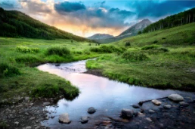Terrestrial & Aquatic biomes
1/10
There's no tags or description
Looks like no tags are added yet.
Name | Mastery | Learn | Test | Matching | Spaced |
|---|
No study sessions yet.
11 Terms
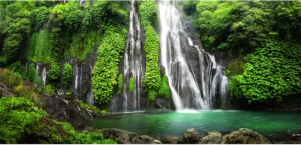
Tropical Rainforest
High temperatures, high humidity, and abundant rainfall. / Many plants w/ large leaves, competition for sunlight. Animals are active all year long, some camouflage, climb & jump.
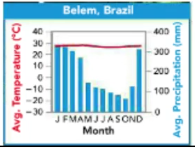
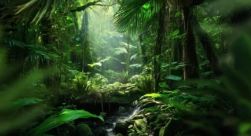
Tropical Forest
High temps and alternating wet & dry seasons. / Many plants lose their leaves during dry season; waxy layer on leaves to prevent water loss. Some animals go into periods of inactivity due to lack of water, others will move to where water is available.
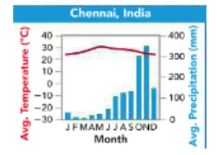

Savanna
More rainfall than desert, but less than tropical rainforests. Warm temps & rainfall w/ freguent fires caused by lightning. waxy leaves to prevent water loss, grass regrows, animals migrate for water or burrow.

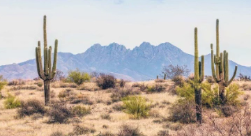
Desert
Least amount of rainfall, extreme changes in temp from hot to cold. Plants store water in their tissues to prevent water loss, animals avoid heat during the day and are active at night.
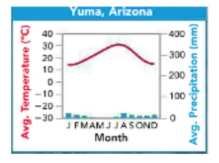

Temperate Woodland
Warm temps, dry summers & cool , wet winters. Periodic fires. Plants have waxy leaves, some seeds need fire to grow. Animals feed on grasses, leaves, shrubs. Camouflage is common.
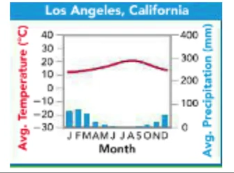
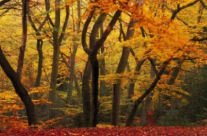
Temperate Forest
Cold winters & warm summers, precipitation occurs all year long. Some trees become dormant in the winter, others have needle-like leaves to preserve water. Animals hibernate or migrate to warmer climates, some camouflage.
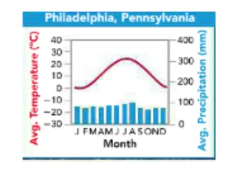
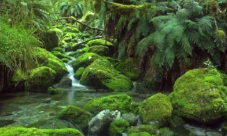
Temperate Forest (Northwestern Corniferous Forest)
Mild temps w/ lots of rainfall, abundance of plant diversity, cold & dry summers. Plants: redwood trees, spruce trees, flowering trees, mosses; soil is rich in nutrients. Insects & small animals camouflage, vegetation changes each season so animals adapt their diet.
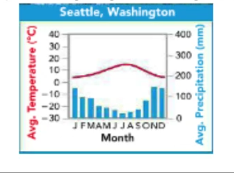
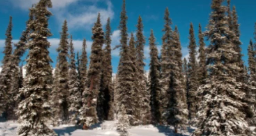
Boreal Forest
Long, cold winters & short, mild summers. Moderate precipitation & high humidity. Plants have needle-like leaves to remove snow & preserve water. Most animals have extra insulation, but others migrate to warmer areas.
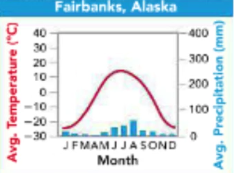
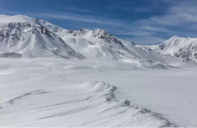
Tundra
Very cold w/ a layer of permafrost (frozen soil), plant height is limited because of temps. Strong winds, cold & dark winters, short & soggy summers, thin soil. Animals migrate or adapt to survive the cold.
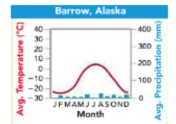
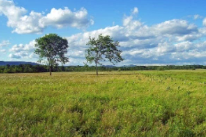
Temperate Grassland
Hot summers & cold winters, grasses are resistant to grazing by animals , roots of plants keep the soil fertile. Predation is a threat to small animals due to openness, therefore, adaptations include camouflage & burrowing.
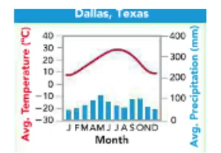
Rivers & Streams
These areas originate from groundwater underneath mountains. Many animals depend on plants & other animals that live on the shore.
